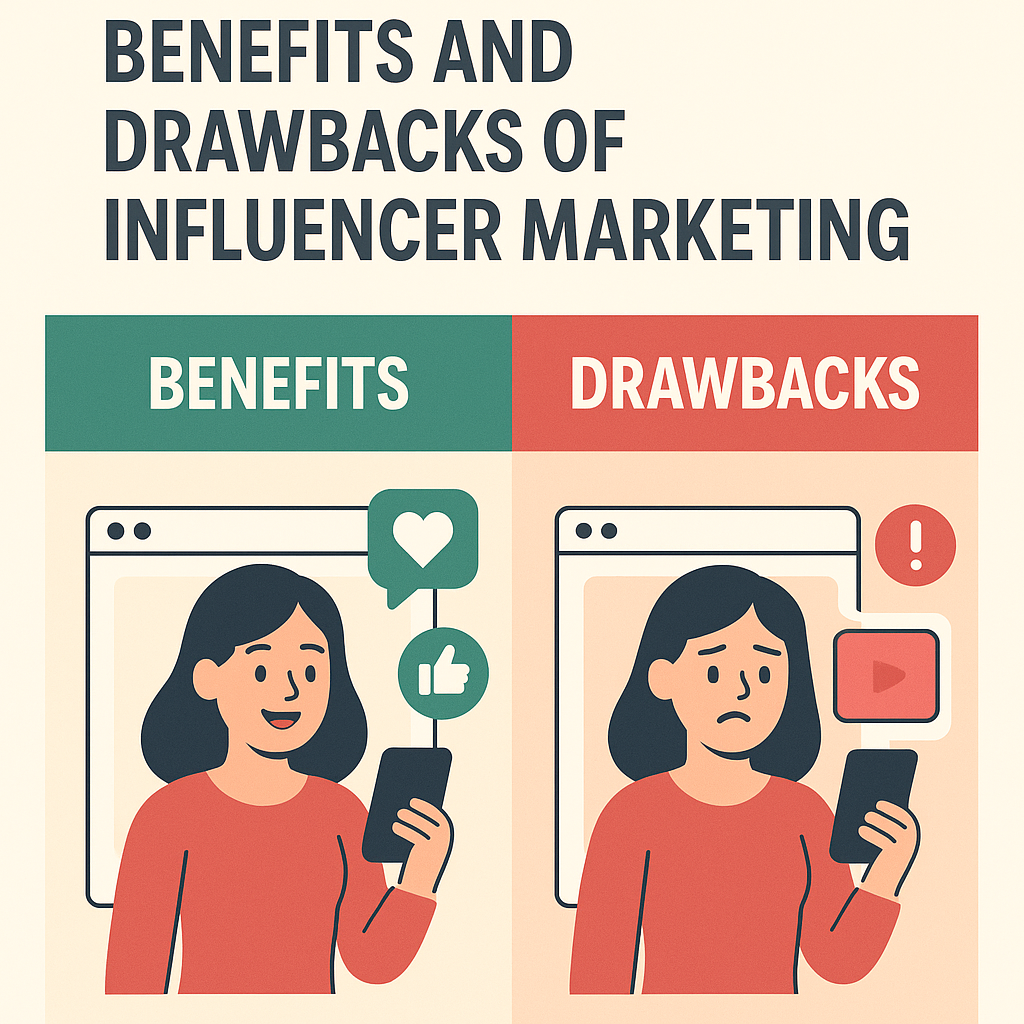
The digital content landscape has evolved into a complex ecosystem where algorithmic decisions determine reach, engagement, and ultimately, ROI. Within this environment, TikTok presents a unique opportunity for sophisticated content strategists: the ability to conduct systematic A/B testing without algorithmic penalties.
The Platform Differentiation Advantage
TikTok’s algorithmic framework operates on fundamentally different principles than its competitors. While platforms like Instagram, YouTube, and Twitter have implemented sophisticated duplicate detection systems that suppress similar content, TikTok’s algorithm prioritizes content discovery and engagement velocity over duplication prevention.
This architectural difference creates what we term “algorithmic arbitrage”—the ability to exploit platform-specific mechanics for strategic advantage. By understanding and leveraging these differences, content strategists can develop more effective cross-platform distribution strategies.
The Systematic Testing Framework
The methodology is straightforward yet powerful: deploy identical content multiple times on TikTok to identify high-performing variations, then scale winning content across platforms with duplicate detection systems. This approach transforms TikTok into a real-time market research tool with millions of active users providing immediate feedback.
The key insight here is that TikTok’s algorithm treats each upload as an independent entity, allowing for natural A/B testing without the need for complex testing infrastructure. Performance variance across identical uploads reveals audience preferences, optimal timing, and engagement patterns that would otherwise require significant investment to discover.
Advanced Implementation Strategies
Temporal Optimization: Deploy content across different time slots and days to identify peak engagement windows. Algorithm performance varies significantly based on user activity patterns, making timing optimization crucial for maximizing reach.
Narrative Architecture Testing: Maintain core content while testing different opening sequences, hooks, and call-to-action placement. Minor variations in narrative structure can dramatically impact completion rates and engagement metrics.
Semantic Positioning: Test identical content with different contextual framing through captions and hashtags. The same video can appeal to different audience segments depending on how it’s positioned within TikTok’s interest-based ecosystem.
Demographic Targeting Through Hashtag Strategy: Leverage hashtag combinations to test content performance across different user demographics and interest categories. This provides insights into which audience segments respond most favorably to specific content types.
Cross-Platform Performance Amplification
Once optimal content variations are identified, the strategic advantage extends far beyond TikTok. Validated content can be deployed across Instagram Reels, YouTube Shorts, Twitter videos, and LinkedIn native video with confidence in performance outcomes.
This approach eliminates the traditional trial-and-error methodology that characterizes most social media strategies. Instead of hoping content will perform well on various platforms, strategists can deploy content with empirical evidence of audience engagement and preference.
Strategic Implications for Content Operations
This methodology represents a shift from intuition-based content creation to data-driven content optimization. Organizations can significantly improve their content ROI by implementing systematic testing protocols that leverage platform-specific algorithmic behaviors.
The broader implications extend to content budget allocation, creative resource deployment, and performance forecasting. When content performance can be predicted with greater accuracy, organizations can make more informed decisions about content investment and distribution strategies.
Industry Applications and Use Cases
Enterprise Content Marketing: Large organizations can test messaging variations and creative approaches before committing to expensive cross-platform campaigns.
Influencer Marketing: Content creators can optimize their output for maximum engagement before distributing across platforms where they have established audiences.
E-commerce: Product promotion videos can be tested for conversion messaging before being deployed across paid and organic channels.
B2B Content Strategy: Professional content can be tested for engagement patterns before being adapted for LinkedIn, YouTube, and other professional platforms.This approach eliminates the traditional trial-and-error methodology that characterizes most social media strategies. Instead of hoping content will perform well on various platforms, strategists can deploy content with empirical evidence of audience engagement and preference.
Competitive Intelligence and Market Research
This approach also provides valuable competitive intelligence. By analyzing which content variations perform best, organizations can gain insights into audience preferences, emerging trends, and content gaps in their market segments.
The data generated through systematic testing can inform broader content strategy decisions, from creative brief development to influencer partnership selection.
Implementation Roadmap
- Baseline Establishment: Identify core content pieces suitable for testing across multiple uploads
- Variable Isolation: Test single variables (timing, hooks, captions) to isolate performance drivers
- Performance Analytics: Develop metrics frameworks beyond basic view counts to include engagement depth and completion rates
- Cross-Platform Deployment: Scale proven content across platforms with appropriate format adaptations
- Continuous Optimization: Implement feedback loops to refine testing methodology and improve prediction accuracy
Future Considerations and Platform Evolution
As this methodology gains adoption, platform responses are inevitable. TikTok may implement duplicate detection systems, while other platforms might adopt more testing-friendly policies. Strategic content operations must remain agile and adaptable to evolving platform dynamics.
The organizations that establish systematic content testing protocols now will maintain competitive advantages as the digital content landscape continues to evolve. Early adoption of data-driven content optimization methodologies positions organizations for sustained success in an increasingly competitive attention economy.
Conclusion
TikTok’s unique algorithmic architecture presents a significant opportunity for sophisticated content strategists to optimize cross-platform performance through systematic testing. By leveraging platform-specific mechanics, organizations can transform content creation from a speculative endeavor into a strategic, data-driven operation.
The key to success lies not in creating more content, but in creating more effective content through systematic optimization and cross-platform amplification. This approach represents the future of content strategy: methodical, measurable, and strategically advantageous.







